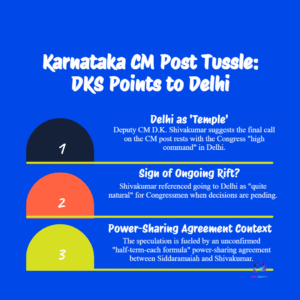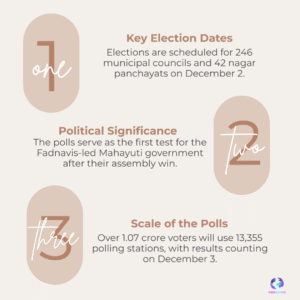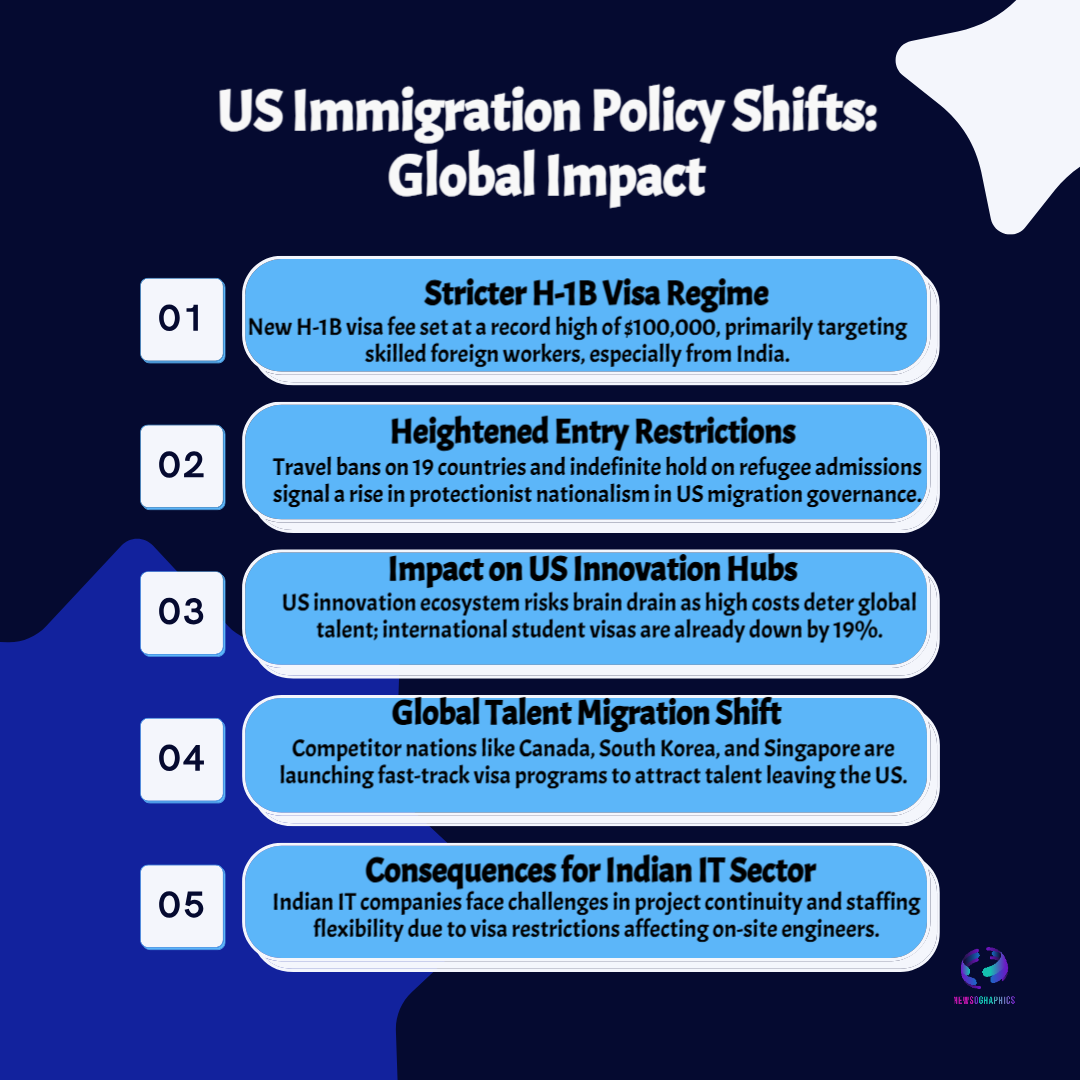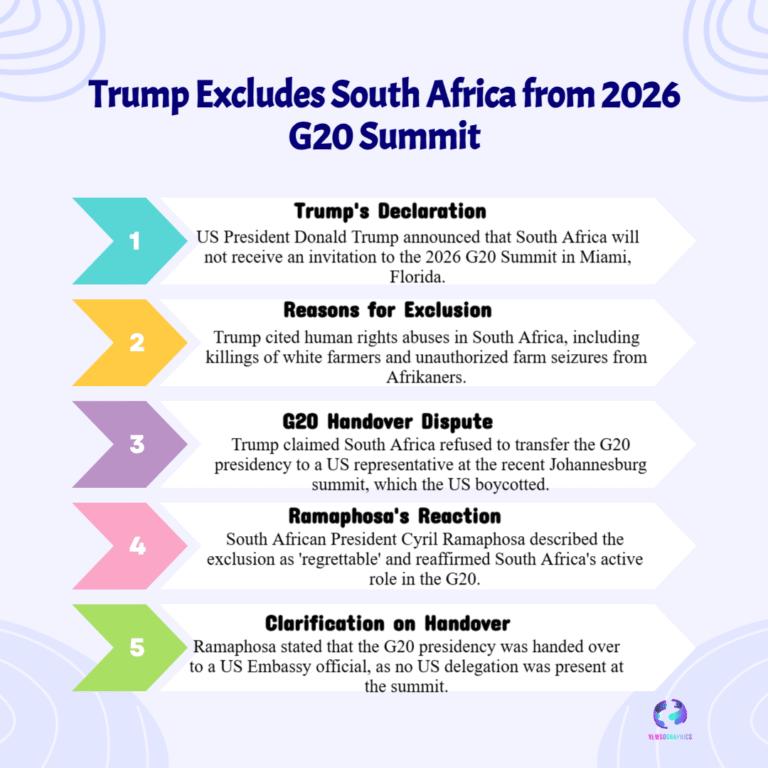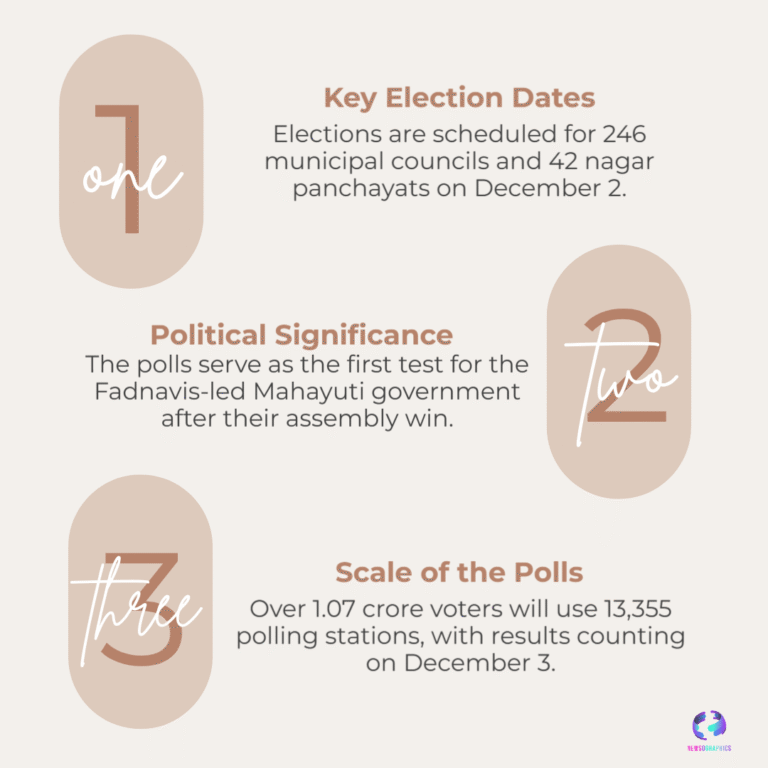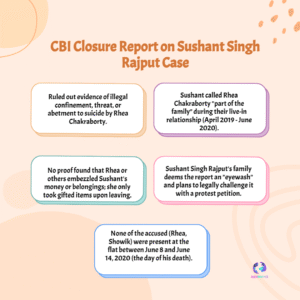Trump administration’s 2025 visa changes — $100,000 H-1B fee, travel bans, deportation boost — hit Indian students and tech workers but open doors for reverse brain-drain and new hubs.
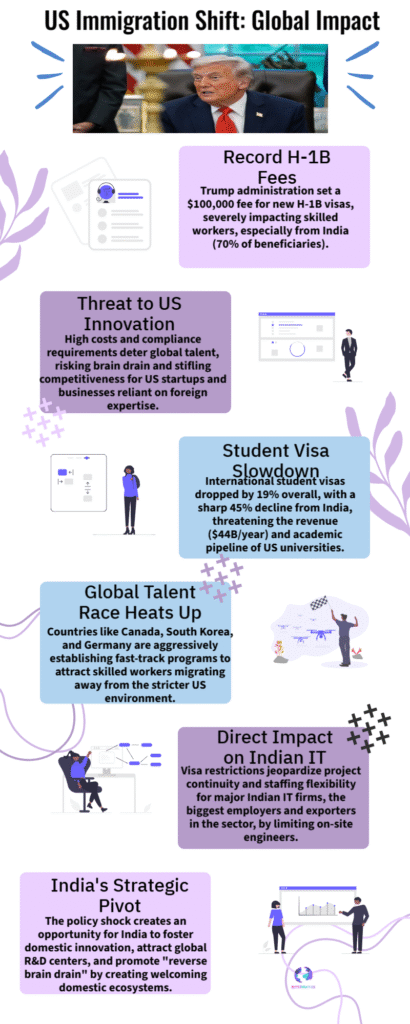
The US policy shift in 2025 — steeply higher visa costs, tighter entry rules and wider travel bans — is reshaping where global talent wants to live and work, with immediate effects for India. The new H-1B fee (reported at $100,000) and faster deportation funding have discouraged large numbers of skilled applicants; data cited in reporting show a roughly 45% drop in student visas from India and a sharp fall in overall student issuances. That reduction threatens university revenues and the long-standing pipeline that fuels US tech and research labs.
For Indian IT firms and startups the short term is disruptive: project staffing, onsite client delivery and visa-dependent contracts face friction. Yet the shock is also accelerating structural change. Companies are expanding offshore development centres, hiring locally in India and other friendly hubs, and exploring remote delivery models. Policymakers and industry see an opening to convert returnees and displaced talent into entrepreneurs — a reverse brain-drain that could strengthen India’s startup ecosystem and research capacity.
Global competition for migrants is intensifying: nations such as Germany, Canada, Singapore and South Korea are fast-tracking visas, start-up residencies and tax incentives to attract displaced talent. For India, priorities include scaling R&D incentives (higher research tax credits), improving university–industry linkages, and simplifying work visas to become a regional talent hub. Long-tail searches likely to drive traffic to this story include “how $100,000 H-1B fee affects Indian tech jobs 2025,” “India reverse brain drain opportunities 2025,” and “where Indian students are going after US visa drop.” Short-tail keywords woven in naturally: “US visa changes 2025,” “H-1B impact India,” “student visa decline,” and “offshore development centres India.” The article balances immediate economic impacts with strategic options — policy tweaks, talent retention and targeted incentives — that could turn a policy shock into a growth moment for India’s innovation networks.

